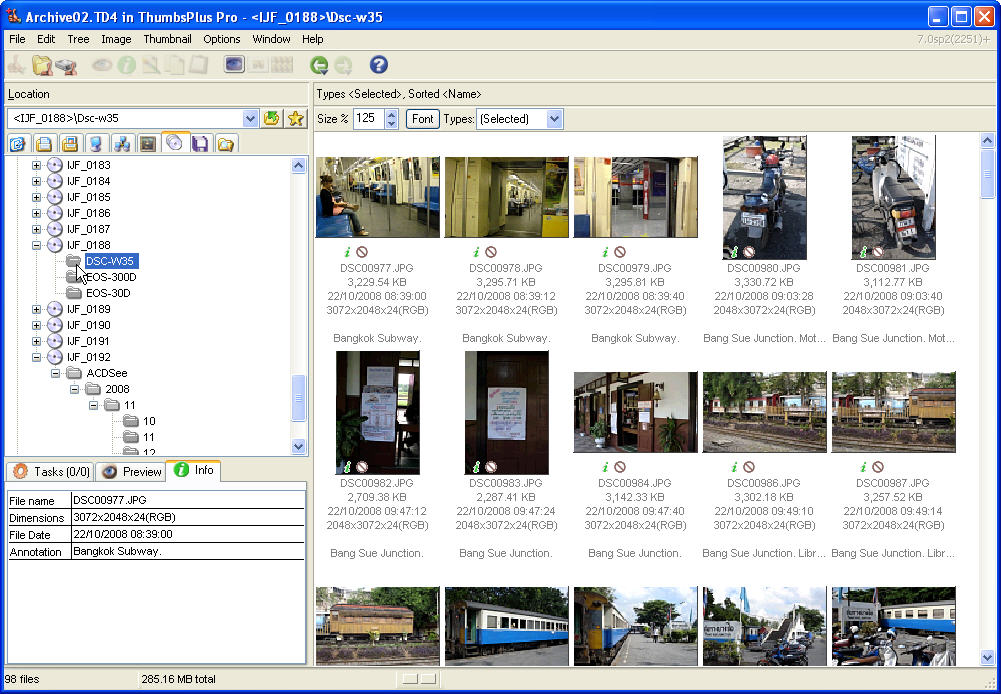
Say you have a file that has a bunch of map coordinates in it. Why? Because you still need an application program that understands the parsed output in order to do anything useful with it! By specifying the format and how to parse the file, you’re not really gaining anything. I admit to not reading the entire thing, but this seems amazingly misguided and silly.

Sadly, it’ll likely stay nothing more than a good idea, but that doesn’t make it any less of a great idea! Unfortunately, any way you slice this second part of the concept, it makes it a lot harder to implement existing filesystems in to the primary concept (filesystem drivers in the superblock / first part of the disk). Then, rather than appending whole drivers to the front of every file, you could just append a pointer to the proper file driver on the metapartition.

Maybe the metapartition at the beginning of the disk could include file drivers.

Then the author takes it a step further and applies this concept to individual files, in a fairly direct fashion, pointing out that there are some kinks with this that could be worked out, such as file size (when every little file includes its own bulky driver). All an OS needs is to be able to read whatever simple (but stable!!) filesystem is holding the drivers for the rest of the partitions (where the “real” data is) and have the ability to assume from data in this meta-partition how to mount / address / drive (via drivers) the partitions on this disk.

So, my understanding (taking a few liberties) is that we’re talking about putting the filesystems for all the partitions on disk in a sort of meta-partition at the beginning of the disk.


 0 kommentar(er)
0 kommentar(er)
